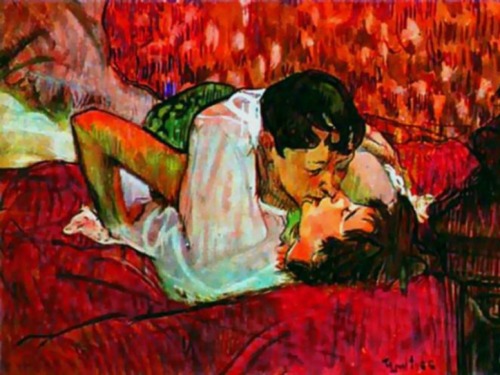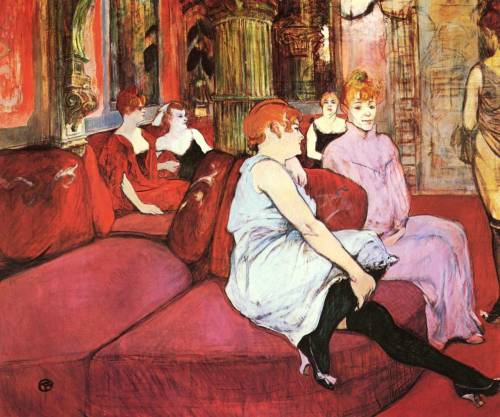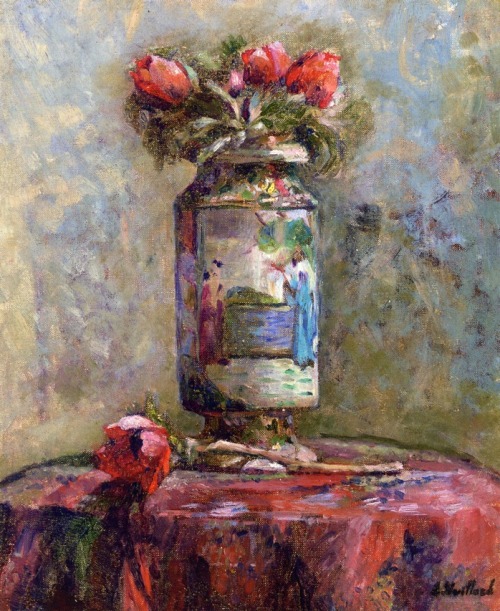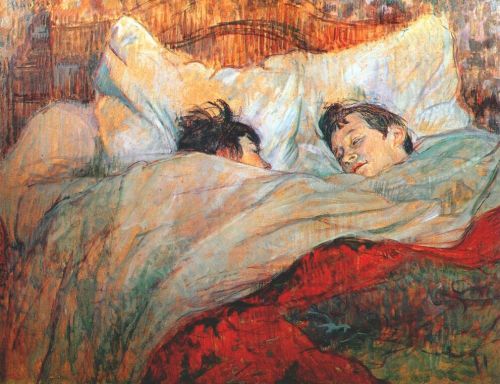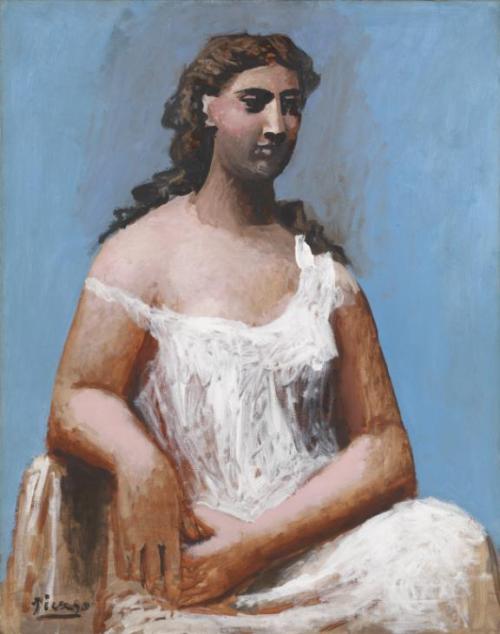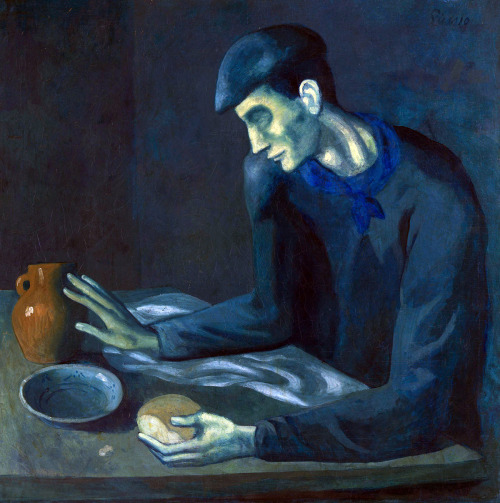#post-impressionism
What does a Post-Impressionist say when he’s running late? There’s no time Toulouse!
In the words of art historian John Rewald, “the term ‘Post-Impressionism’ is not a very precise one, though a very convenient one.” Post-Impressionism, as first defined by Rewald, concentrated on French art between the years of 1886 and 1892. This definition was later challenged by Alan Bowness and his collaborators, extending the period to 1914. Although the split between Impressionism and Post-Impressionism is very clearly defined, the extent of the Post-Impressionist movement remains under discussion. Currently, the term Post-Impressionism is defined, in a strictly historical manner, as French art created between 1886 and 1914 (the year of the first world war). This discussion on what should or should not be defined by this term is still ongoing – and VERY confusing!
Perhaps the reason why Post-Impressionism is such a broad term is because, after the Impressionist movement, artists could not agree on the way forward, thus creating a plethora of new, popular styles and artistic movements. Seurat and his followers popularized pointillism, a technique using tiny dots of pure color to create an image. Cezanne set out to “make of Impressionism something solid and durable, like the art of the museums”, thus creating his refined style whilst still utilizing the bright colors of Impressionism. Matisse and Derain pioneered the short-lived style of les Fauves (also known as Fauvism). Gauguin, Bernard, Anquetin, and Serusiers, among others, gave life to Cloisonnism. And some French artists, such as this movement’s founder, Braque, focused their efforts on developing Cubism (though I tend to disagree that even early French Cubism should be defined as a Post-Impressionist work). Because of the diversity among styles and ideas, Post-Impressionism is perhaps one of the most diverse periods of art history.
What does a Post-Impressionist say when he’s running late? There’s no time Toulouse!
In the words of art historian John Rewald, “the term ‘Post-Impressionism’ is not a very precise one, though a very convenient one.” Post-Impressionism, as first defined by Rewald, concentrated on French art between the years of 1886 and 1892. This definition was later challenged by Alan Bowness and his collaborators, extending the period to 1914. Although the split between Impressionism and Post-Impressionism is very clearly defined, the extent of the Post-Impressionist movement remains under discussion. Currently, the term Post-Impressionism is defined, in a strictly historical manner, as French art created between 1886 and 1914 (the year of the first world war). This discussion on what should or should not be defined by this term is still ongoing – and VERY confusing!
Perhaps the reason why Post-Impressionism is such a broad term is because, after the Impressionist movement, artists could not agree on the way forward, thus creating a plethora of new, popular styles and artistic movements. Seurat and his followers popularized pointillism, a technique using tiny dots of pure color to create an image. Cezanne set out to “make of Impressionism something solid and durable, like the art of the museums”, thus creating his refined style whilst still utilizing the bright colors of Impressionism. Matisse and Derain pioneered the short-lived style of les Fauves (also known as Fauvism). Gauguin, Bernard, Anquetin, and Serusiers, among others, gave life to Cloisonnism. And some French artists, such as this movement’s founder, Braque, focused their efforts on developing Cubism (though I tend to disagree that even early French Cubism should be defined as a Post-Impressionist work). Because of the diversity among styles and ideas, Post-Impressionism is perhaps one of the most diverse periods of art history.
Gustave Moreau, La chimère (1876)
Regarded by many as being an important precursor to surrealism, Moreau’s symbolic illustrations, which are often rooted in biblical tradition or mythology, consciously depict a dream like world, void of any realism but rich in emotion and imagination.
Post link
Pablo Picasso, Seated Woman in a Chemise, , oil on canvas.
Seated Woman in a Chemise is an oil painting on canvas by Pablo Picasso. This large portrait features a seated woman at the centre of the canvas. She is presented in three-quarter length format and the upper part of her body is angled slightly away from the viewer, towards the right of the composition. Her gaze is directed outwards but not at the viewer: instead she seems to concentrate on a location to the viewer’s right. The sitter wears the white chemise indicated in the title, which falls seductively off her right shoulder. Her right arm rests on a support, which is also covered in a white fabric. Her left arm rests casually on her thigh, which is slightly raised, and her hands meet lightly in the bottom left corner of the image. The sitter’s long dark hair is pulled away from her face and flows down her back. The lower half of her face is in shadow, although a slight smile seems to animate her lips. The portrait is set against a light blue background, which darkens slightly around the subject’s head. The painting is signed ‘Picasso’ in the bottom left corner.
http://www.tate.org.uk/art/artworks/picasso-seated-woman-in-a-chemise-n04719
Post link
Self-portrait of the week N°65: OlgaBoznańska (1865 – 1940)
Year: 1914
Type: Oil on cardboard
Post link



